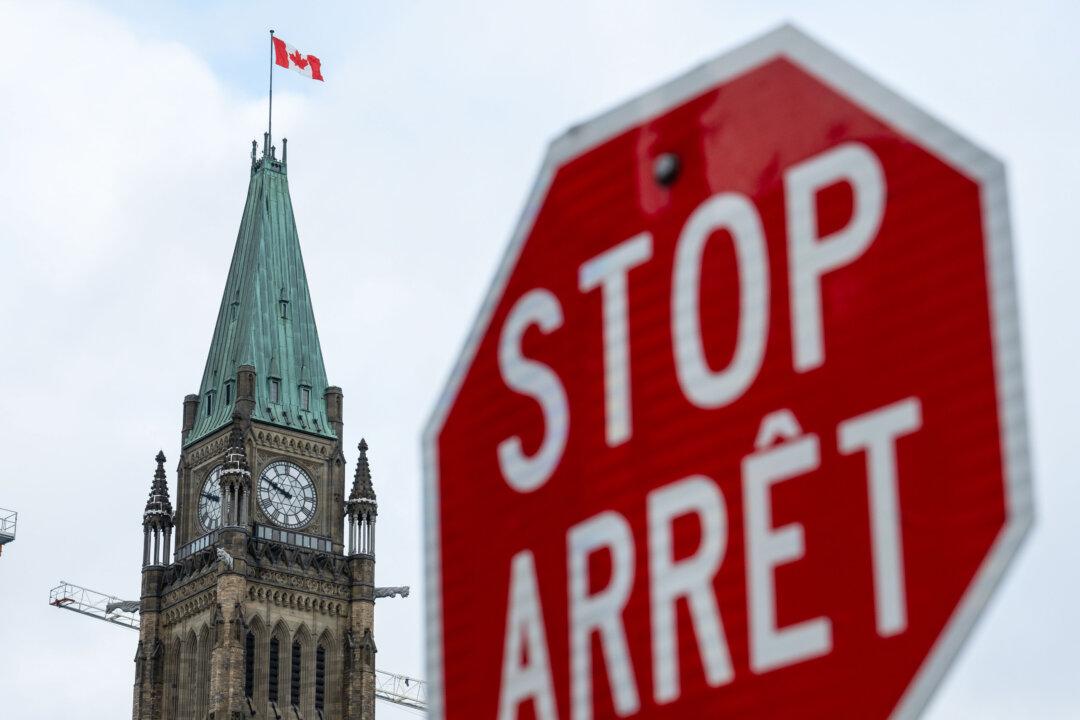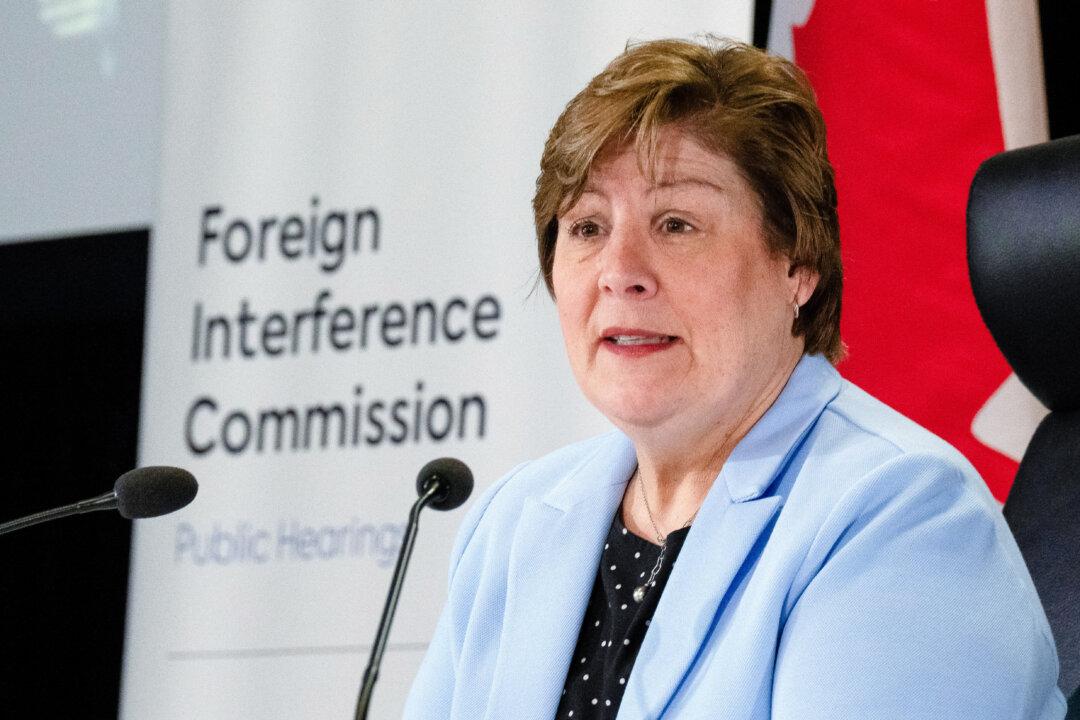The author of a memorandum of understanding (MOU) that got attention around the Freedom Convoy last winter and was used by the Liberal government to claim protesters wanted to overthrow the government, testified before the Emergencies Act inquiry on Thursday.
Trucker James Bauder spoke about the genesis and purpose of the MOU which he wrote with fellow trucker Martin Brodmann.
The idea was to strike an MOU with unelected federal officials to repeal COVID-19 restrictions.
“We had a lot of groups that we could have facilitated establishing the Canadian citizens committee so that we could then sit down in partnership with the Senate and the Governor General and address the unlawful mandates that are happening across this country and come to a resolution,” said Bauder.
Bauder said he wasn’t aware whether Freedom Convoy organizers had signed the MOU that was posted on his Canada Unity website.
Several convoy organizers have testified so far before the commission which is reviewing the Liberal government’s invocation of the Emergencies Act on Feb. 14.
They have criticized the MOU when it was brought up during examinations.
Lawyer Keith Wilson, who represented protesters during the events last winter, called the MOU “legal nonsense” on Nov. 2.
Freedom Convoy spokesperson Tom Marazzo told the commission on Nov. 2 he had recommended the MOU be taken off the website.
“I remember having a conversation once I learned about the MOU with somebody that I believed to be involved in drafting the MOU ... and I said ‘you must retract that, if you do not retract that, or pull it back or put the genie back in the bottle, we are going to denounce it,’” Marazzo recounted.
The next day, on Feb. 8, the MOU was taken offline.
Bauder told the inquiry the MOU was “strategically” withdrawn “after we got viciously attacked by this government, and slandered, and character assassination, and everything,” Bauder said.
The Liberal government used the MOU to claim that protesters were not merely demanding the lifting of COVID-19 restrictions but that they wanted to “overthrow” the government.
No Violence
James Bauder was cross-examined by Brendan Miller, the lawyer who represents several convoy organizers who have criticized the MOU.He asked whether Bauder’s Canada Unity organization had ever called for violence or to violently overthrow the government of Canada.
“We’re calling for love and unity and peace and give bear hugs. Violence is the last thing in our minds,” said Bauder.
Bauder was also asked whether he had help from a lawyer to write the MOU.
“No ... It’s just a document written by two truck drivers,” he said.
“So I take it that was just basically a piece of paper,” said Miller.
“Yeah,” replied Bauder.





